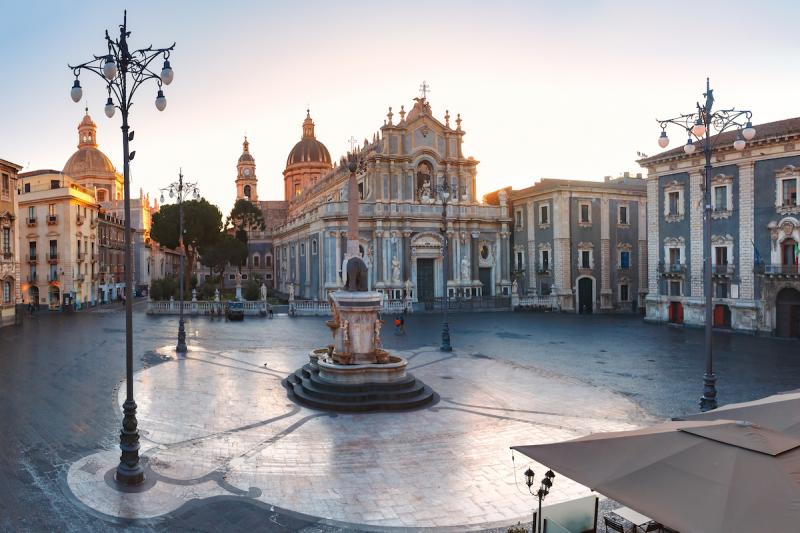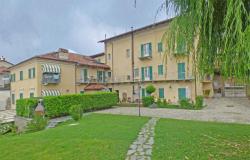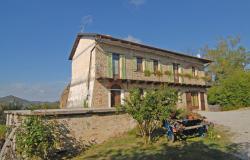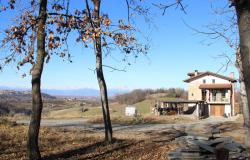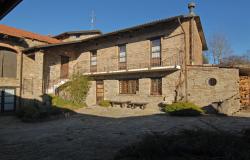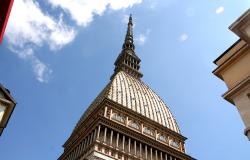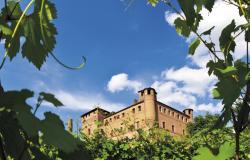There are several ‘lucky’ spots in Italy where, according to popular belief, if you visit them or perform a simple ritual, often passed down through the centuries, you will get lucky. Some lucky spots you may have heard of include Juliet’s House in Verona, the statue of the bull in Galleria Vittorio Emanuele II in Milan, the statue of the Porcellino in Florence, and of course the Trevi Fountain in Rome. In this article however we’ll tell you about five lesser-known places that the locals assure you will bring you luck!
Turin
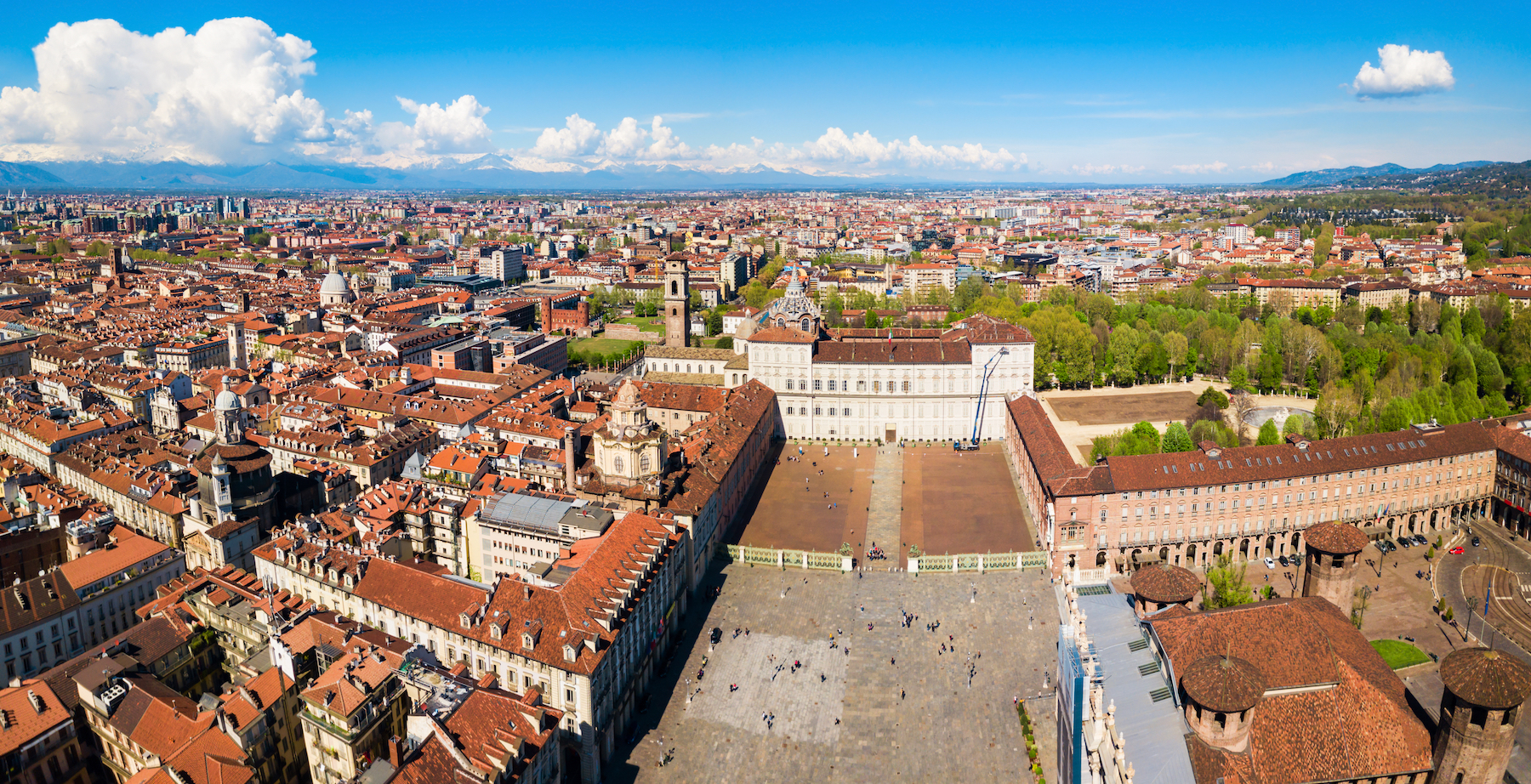
In Turin, in the heart of the central Piazza Castello, a bronze medallion depicting Christopher Columbus with a globe in his hand stands out under the arcades of the Prefecture. If you rub Columbus’ little finger, according to local lore, you will attract good luck.
Treviso
In Treviso, fortune awaits in the courtyard of Palazzo Zingoli where there is a copy of an ancient fountain depicting the bust of a woman whose breasts spilled wine whenever a new podestà (chief magistrate) was appointed during the rule of the Venetian Republic. Today, you need to place your hands on her breasts while thinking hard about what you want and your wish will be fulfilled.
Genoa
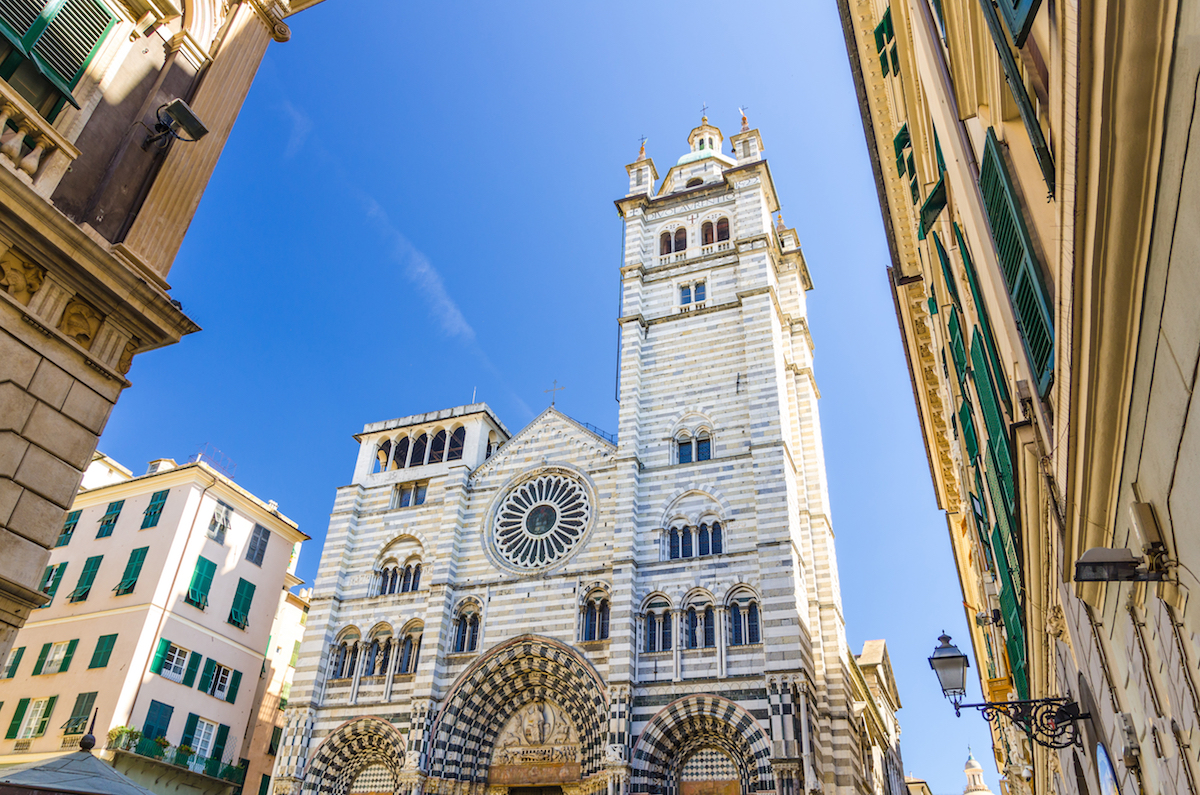
Those in search of their soulmate should head to the Cathedral of San Lorenzo in Genoa. According to legend, one of the sculptors tasked with decorating the church had lost his beloved puppy, so he sculpted a little dog on the facade as a tribute. If you can spot it, it is said, you will find the love of your life (and make sure you touch it).
Naples
If you find yourself in Naples and you need to attract good luck, head to the ossuary of the Fontanelle Cemetery armed with a red horn in hand. The ossuary contains the remains of the victims of epidemics who could not have a proper burial. The remains have been the object of veneration for centuries because it is believed that they can work miracles.
Catania
Piazza Duomo in Catania is home to the statue of an elephant known as Liotru, whose origins are uncertain. The widespread belief is that Liotru, made of lava stone, was placed there to protect the city from the fury of Mount Etna, thus giving it a lucky charm function.
